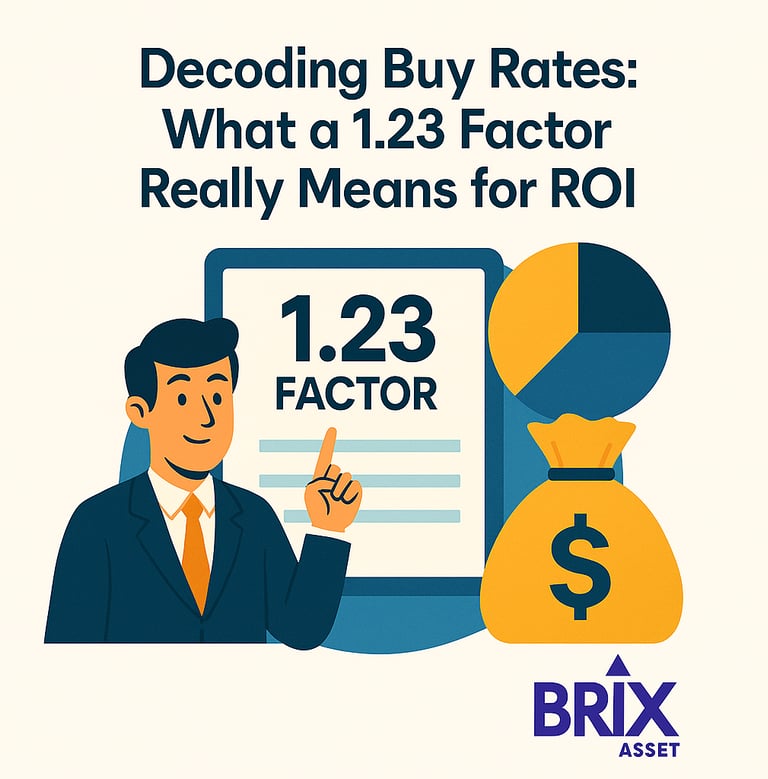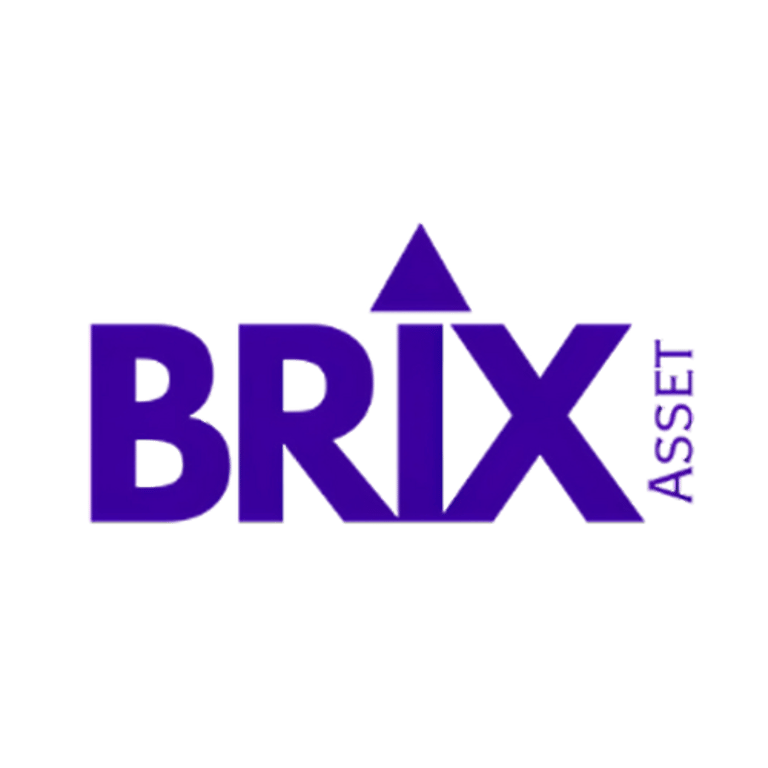Decoding Buy Rates: Understanding the 1.23 Factor and Its Impact on ROI
Factor rates can seem confusing, but they’re key to understanding your true cost of capital. We break down what a 1.23 buy rate means for your ROI, when it makes sense to pay for speed, and how to plan smarter financing decisions.
7/17/20252 min read


Understanding Buy Rates and Their Implications
When investing in resources or services, understanding the buy rates can often be the key to maximizing your return on investment (ROI). A buy rate of 1.23, for instance, may appear as a mere numerical representation but holds substantial meaning when evaluated against your financial goals. Buy rates, or factor rates, differ from annual percentage rates (APR) in that they represent the cost of borrowing rather than the traditional interest accrued over time. This blog post seeks to clarify these differences and provide practical insights into making informed financial decisions.
Factor Rates vs. APR: A Numeric Example
To grasp the significance of a 1.23 buy rate, let us consider a hypothetical scenario. Suppose a business owner requires a loan of $10,000 for a 12-month period. Using a buy rate of 1.23, the total cost for the loan would be calculated as follows:
$10,000 x 1.23 = $12,300.
This results in the business owner paying $12,300 at the end of the year, effectively translating into a borrowing cost of $2,300 over a year. In contrast, if we were to use an APR of 10% for the same amount, the cost allocated would differ significantly. The allure of factor rates lies mainly in their predictability without the often-complicated calculations that come with APR.
When Speed Outweighs Cost
In various situations, the speed of access to funds may outweigh the costs associated with a higher buy rate. For businesses facing urgent needs—like inventory purchases or repairs—quick access to capital can be crucial. While a 1.23 factor rate may seem steep, the immediate influx of cash can often help prevent more significant losses and seize time-sensitive opportunities.
Additionally, businesses should consider pre-payment discounts. Some lenders offer incentives to settle loans early, which could make a factor rate more manageable or even favorable compared to long-term borrowing solutions. Understanding these aspects can enhance your overall financial strategy.
FAQs about Factor Rates and ROI
1. How is a buy rate calculated?
The buy rate is determined by dividing the total repayment amount by the principal. For example, a total repayment of $12,300 on a $10,000 loan leads to a factor rate of 1.23.
2. Can I negotiate my factor rate?
Yes, many lenders allow for negotiations, particularly if you have a strong credit score or a reliable business track record.
3. What are the consequences of pre-paying a loan?
Pre-paying a loan can sometimes lead to cost savings through discounts offered by lenders. However, it's vital to check for any potential penalties that may impact your overall savings.
In conclusion, comprehending buy rates and their implications is vital for any business looking to optimize ROI effectively. By being aware of the factors that impact borrowing costs beyond interest rates, you can make more informed financial decisions. For businesses seeking personalized financial solutions, we encourage you to request tailored pricing from BrixBux, ensuring your needs are met with a custom approach.
BRIXBUX Funding
Rapid capital solutions for your investment needs.
BRixasset
info@brixasset.com
+1 (305) 894-6608
© 2025. All rights reserved.


